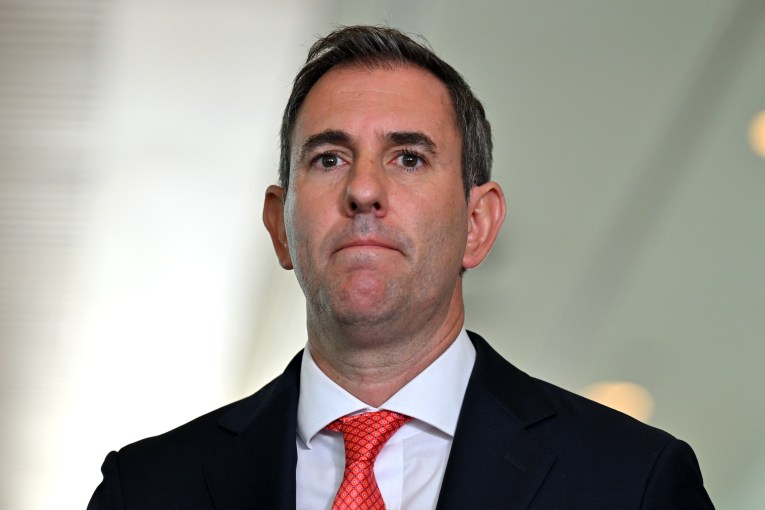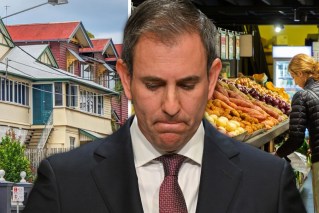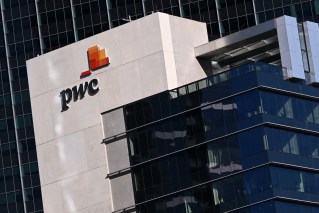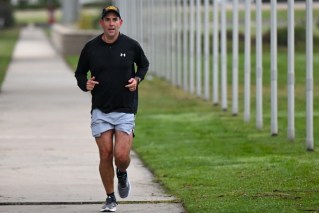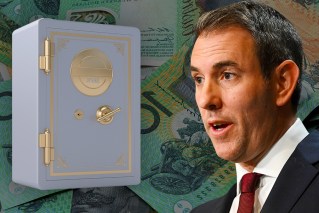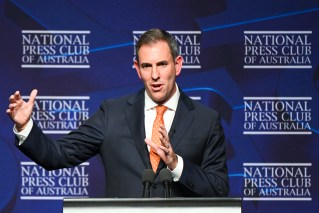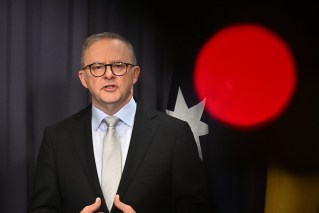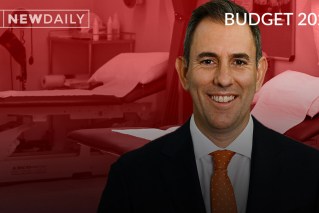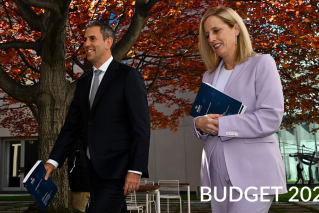Jim Chalmers asks voters to trust him and Labor’s plan, but will they?

Treasurer Jim Chalmers asked voters to trust him and the government on Tuesday night as he sketched out the agenda of a long-term Labor government.
And while many have welcomed increased spending on health, housing and income support, critics say the government has not put its money where its mouth is or is moving too slowly.
Which view will voters find more convincing? Here’s a rundown of the issues that might sway them.
JobSeeker
Raising the rate of the JobSeeker income-support payment was set up as a character test for the Labor government at a time when the party has been moving increasingly toward the centre of politics and away from its base.
The base rate of JobSeeker was hiked by $40 a fortnight – or many times below the level called for by advocates before this year’s budget.
However, the government will also increase the rent assistance payment for recipients who use it to pay for social or private housing by up to $31 a fortnight.
Many on income-support payments will also receive a one-off $500 energy bill subsidy.
“When we take all the budget measures into account, the poverty rate in Australia lowers fractionally from around 13.6 per cent to 13.3 per cent of the population (lifting about 80,000 people out of poverty),” wrote Australian National University expert Ben Phillips.
Associate Professor Phillips was on the government’s expert parliamentary committee that recommended a $260-a-fortnight rise in payments, to bring them into line with the pension.
“When you look at the budget, it is evident that making significant inroads to poverty is not cheap,” he concluded.
“This budget makes a useful start and probably the best seen in many years. But future budgets will need to push much harder to make a more significant difference.”
Medicare
The unexpected centrepiece of Dr Chalmers’ budget is a more than $3.5 billion plan to shore up Medicare’s future by guaranteeing access to free health care.
The latest Australian Bureau of Statistics figures show that 39 per cent of people who saw a GP for urgent medical care waited for 24 hours or more – and scarcity becomes even worse in regional areas and especially for doctors who bulk bill.
Labor will triple general practice consultations for children under 16 and concession card holders as part of a $3.5 billion commitment over five years.
“Families are being forced into a lose-lose choice between getting the help they need or paying their bills,” Dr Chalmers said.
Does it hit the mark? One medical expert who is more often linked to the opposite side of politics said that it did.
“It is a significant increase,” said former deputy chief medical officer Nick Coatsworth.
“There is more complexity and nuance to it of course, but for the moment we’ll take it as a win for patients, particularly in rural Australia.”
Budget repair
Dubbed “Grim Jim” by some press gallery wags for his frequent warnings about the budget’s structural problems or issues in the global economy, Dr Chalmers has called for serious reform of how Australia raises money to pay for services such as Medicare and the National Disability Insurance Scheme.
So far his determined efforts to get debate going on taxes have inspired some pruning of a couple of unusually generous tax breaks for very wealthy people parking their wealth in super and companies exporting Australia’s natural resources, returning about $2.5 billion.
That leaves the books well short of the roughly $40 billion structural shortfall looming over every budget until a government embraces reform.
“The inescapable truth is that the federal government cannot put all the services that Australians expect and deserve on a more sustainable footing by ourselves,” Dr Chalmers said.
After stage three income tax cuts for high-income earners begin to take more than $20 billion out of the budget next year, this plan only gets more difficult to realise.
University of Queensland economics professor John Quiggin warned too much of future fiscal policy was tied up in policies that did not reflect Labor’s values.
“Several [budget] announcements of programs [tonight are] costing $5 to $10 billion over four years,” Professor Quiggin said.
“Stage three tax cuts will cost about $100 billion over the same period.”
